
Let me start with a shocking statistic to get you in the holiday mood.
The United States has 3% of the world’s children but buys 40% of all toys sold worldwide.
I know – It’s terrifying!
This season, if you’ve got kids, you’re likely going to have an influx of new gifts and toys, so it’s the perfect time to learn how to help kids wade through their toys and create space for what sparks joy.
The tips below will have you on your way to decreasing your clutter … and increasing your joy.
Teaching your kids to choose toys wisely and to treasure the toys they have is not something that happens overnight. But you can slowly change the conversation, put some boundaries up and help them curate a collection of toys that spark joy for them and that minimizes clutter for you.
Happy holidays, friends!
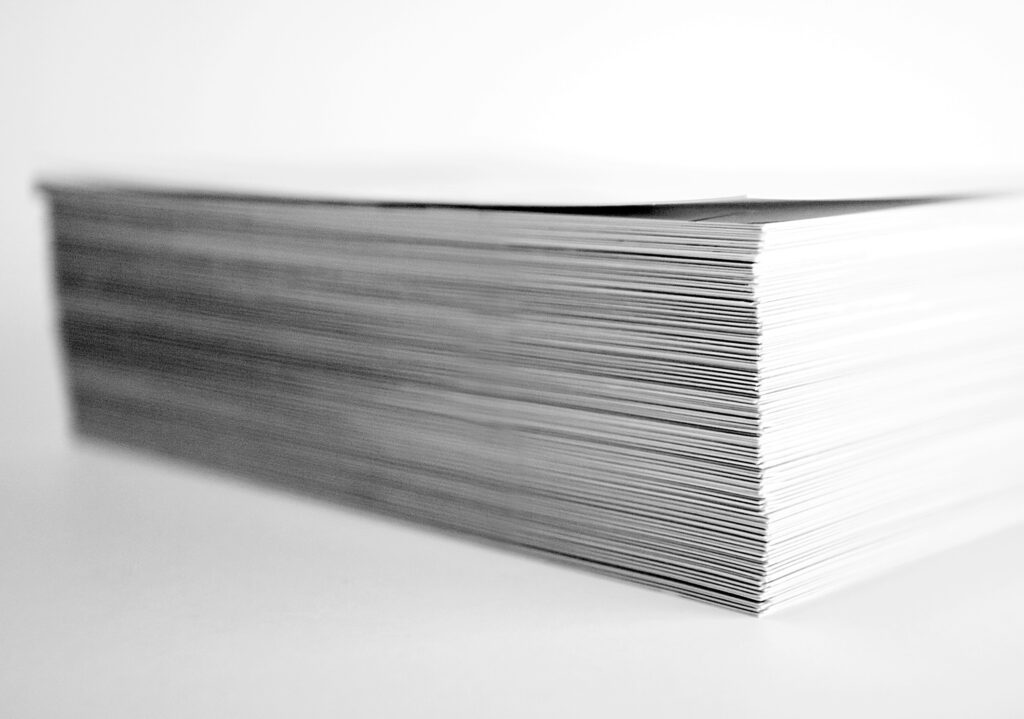
I’ve been reading articles about the promise of a paperless office my entire life, and for the most part, those articles have just created more paper.
For the first time in modern history, we now have the tools to go completely paperless. But before you go invest in a new gadget and hunker down to scan all of your paper, you can probably do a lot to reduce the amount of paper in your life.
If you really want to go paperless, start with these steps to have less paper in your life. You’ll find more space in your home.
Halloween is my favorite holiday. I especially love to get dressed up for an all-out costume party. My best costume, of all time, was Ms. Bald America. I wore my Senior Prom gown, elbow length blue suede gloves, a tiara, a Ms. Bald America sash and of course a bald wig. I blacked out a couple of teeth for an even more glamorous effect.
My other favorite part of Halloween is going to a truly scary haunted house. The very best one is Terror Behind the Walls at the Eastern State Penitentiary in Philadelphia. https://easternstate.org/
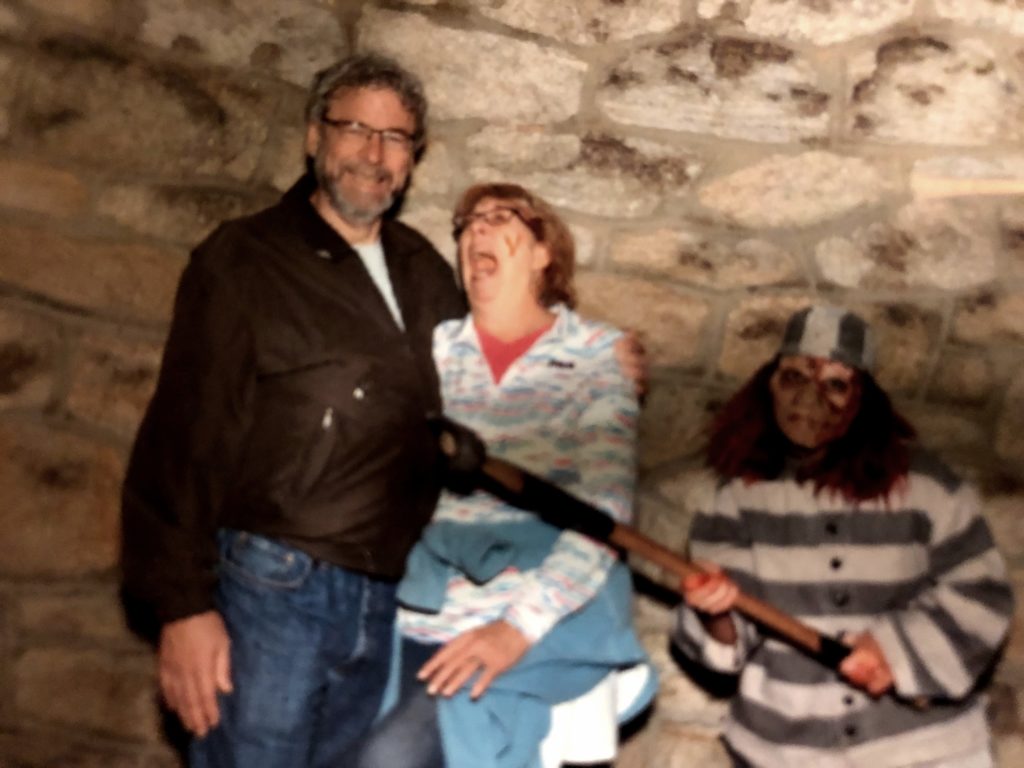
How does this topic tie into home organizing? Some of the scenes we walk into are scary; especially in situations involving hoarders! My worst fear is seeing something move. So far, so good. Our clients are scared too. Before we start to work with them, they are fearful and anxious about tackling cluttered spaces in their present home or office. They often become immobilized by their feeling of being overwhelmed. If they are moving, they are often scared of discarding something they “might” need or scared of the many unknowns associated with moving and selling their home.
As a professional Home Organizer I tell every client the same thing during our initial conversation; “My goal as your Home Organizer is to take as much stress out of your situation as possible.” When we are finished, I ask them “How did you feel before we worked together?” They invariably respond “I felt stressed and overwhelmed.” Then I ask them “How do you feel now?” You know the answer, “I feel like a weight has been lifted off my shoulders. I feel less stressed and more in control.”
What a wonderful role we play in our clients’ lives. What a rewarding career and sense of purpose. We restore order from chaos while eliminate fear and anxiety. We keep seniors safe and give their families peace of mind.
It’s fun to be scared in a haunted house at Halloween, but no one should be scared of their clutter.
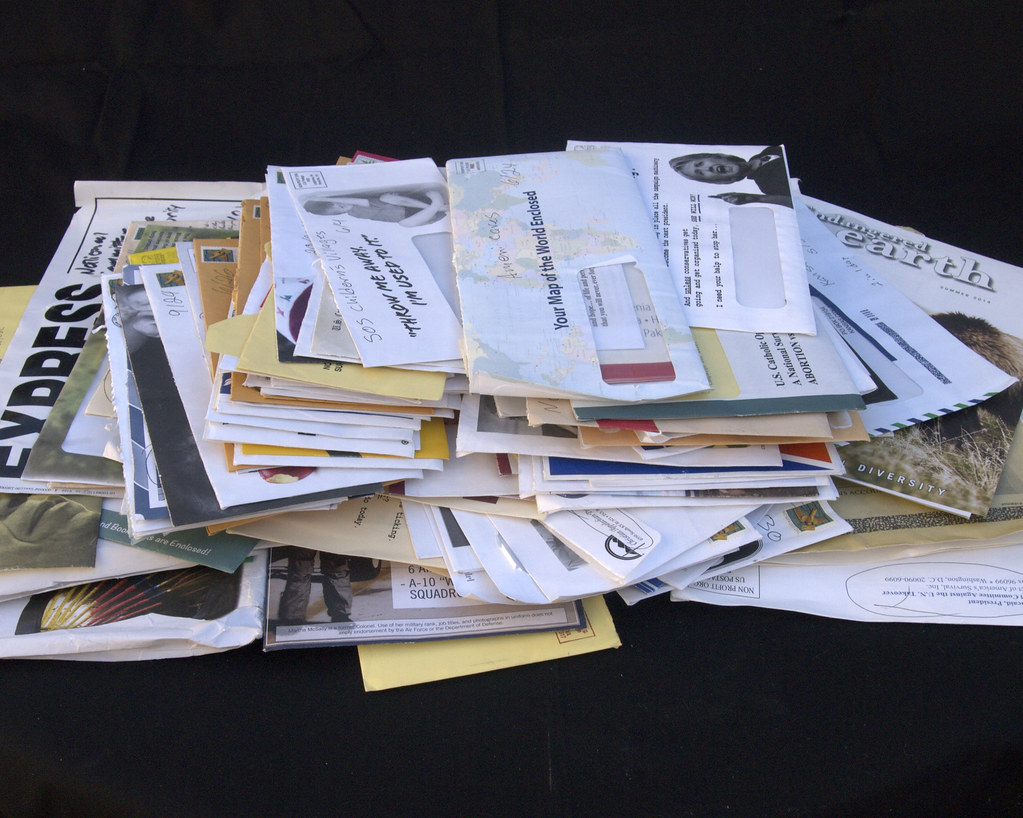
Everyone hates to file papers and we all have piles of them on our desks, tables, and any other flat surface around. No one likes to deal with all the papers that we still have even in our modern “paperless” society. Today I offer an easy, simple system that is not overwhelming and will have you binging Netflix in no time. The best part of this solution is that it’s only two steps!!
Even as a professional organizer, my ADHD gets in the way of keeping my attention on sorting papers for any significant length of time. As everyone knows, dealing with papers is boring. It becomes overwhelming so we give up and give in to the piles. So, out of necessity, I created this quick and easy system for dealing with the paper piles.
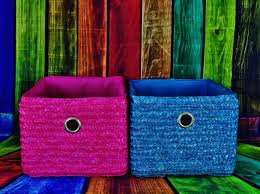
Step 1: Get 2 containers – boxes, plastic bins, baskets etc. to hold your papers. They can be pretty or they can be from the liquor store. The look of the container is up to you.
Step 2: Answer one yes or no question for each paper: “Does this paper have anything to do with my money, property, legal identification, or taxes?” If the answer is yes, it goes in box #1. If the answer if no, then it goes into box #2.
That’s it, you’re done filing! Even if you never do anything else with either box, you will be able to find any important paper that you need, when you need it. Most papers that we think we need to keep are rarely, if ever, referenced again.
If you need to find an important legal document, receipt or tax info you only have to look in Box #1. You don’t need to be distracted by all the non-legal or non-financial papers to find what you need. Your stress level is greatly reduced or even eliminated. If there is ever an emergency, storm, fire, or other need to evacuate quickly, you just have to grab Box #1.
Now, a lot of people would just not feel completely comfortable with this simple system. If you fall into this category, then take the next step. Get a 3-ring binder and some sheet protectors. Place all of the most critical documents – your birth certificates, passports, Social Security cards, marriage and divorce documents, property deeds, college transcripts, etc. and put them into the page protectors in the binder. Keep this binder in or near Box #1 and let all household members know about it and where it is. Believe me, this will save you so much time and stress when you need to locate these documents.
I know that this system works well as I just completed the process of getting both my Real ID and my passport. It was so much easier knowing where all of the documents were and that they were all together.
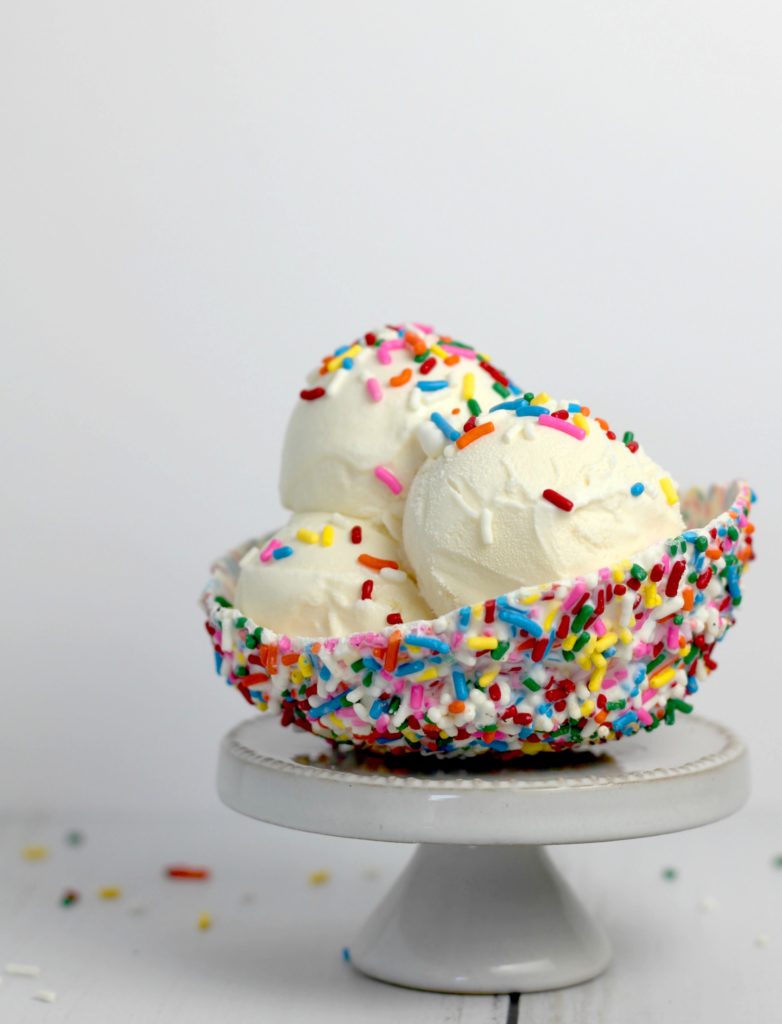
Now that you paper piles are tackled, grab some ice cream and enjoy your favorite show or activity. Guilt free. Now you are organized…at least with your papers!
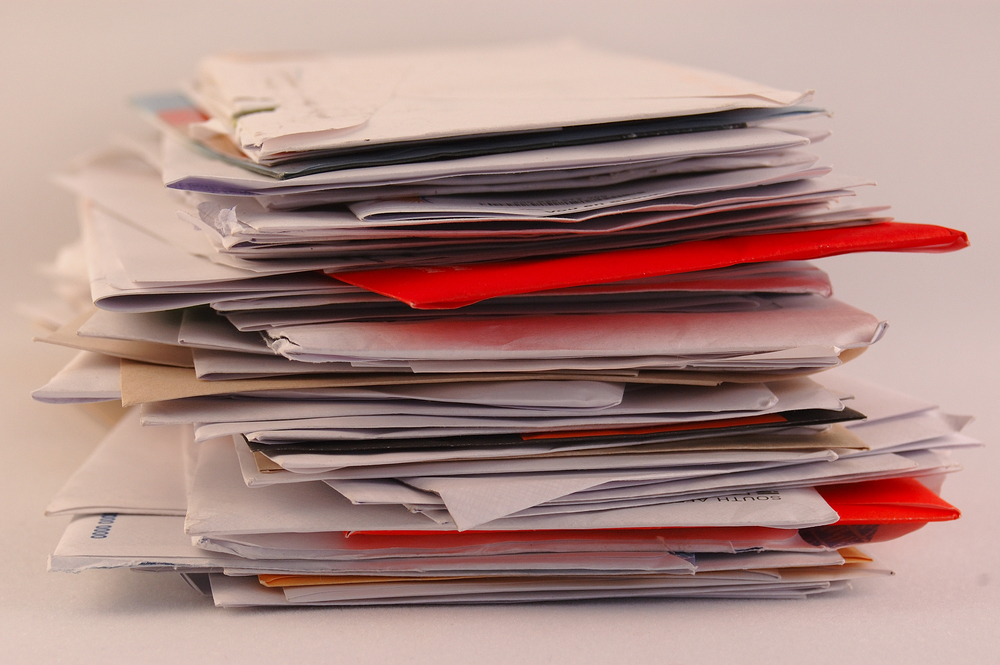
While helping clients organize their papers, they express concern that they’re doing something wrong when handling them more than once. What they’re unknowingly asking about is the OHIO (Only Handle it Once) rule.
Keep in mind, though, that OHIO is a guideline, not meant to always be applied. The intent is to Only Handle It Once, or as few times as necessary to completion.
Scenario 1
Scenario 2:
We don’t stop to think about how many times we handle the same papers — and how much time we waste. A lot!
Here’s a favorite productivity tip from David Allen’s book, Getting Things Done. His Two-Minute Rule states that if it takes less than two minutes, do it now. That doesn’t mean two minutes exactly, but just a few minutes to complete quick tasks. Brilliant!
Contact a pro organizer if you want to learn how to get more done in less time.
© 2019 Adriane Weinberg. All rights reserved.
There are times, I am sure, when you have an extra 15 minutes where you just want to sit, relax, and take a few deep breaths. There is certainly nothing wrong with self-care. However, self-care can also take on another form where you want to use those extra 15 minutes to get something done in your home or office.
In my world, of course, it has to do with de-cluttering and organizing. There have been a couple of times recently where I took that 15 minutes with a client and myself to do just that.
A client of mine moved into assisted living several months ago. During one of our sessions, as I was helping her unpack and organize, I had some extra time. I went through one of her end table drawers in the living room and was able to recycle and trash 95% of what was in the drawer – old catalogs, old address labels, etc. Now, I could make room for other items that were important for her to have nearby in her new life.
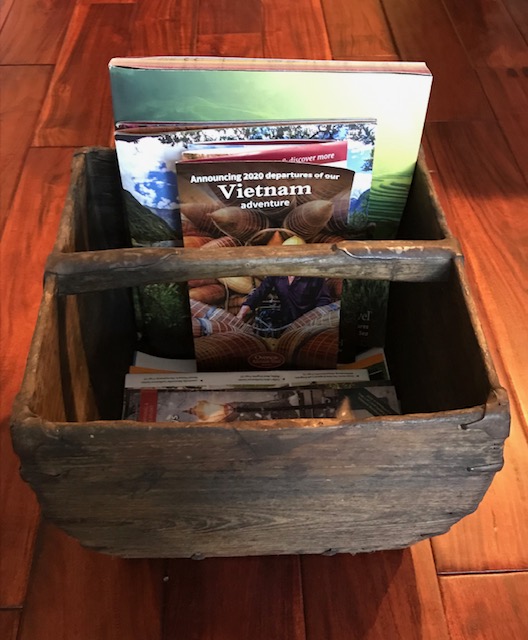
In my own life, I love to travel. I always have travel articles and catalogues that I keep in an antique rice holder box (pictured above). When I started going through my collection, I was amazed at what I could recycle – articles and catalogs that went back to 2016. Since the box never looked like it was totally overflowing, I just kept putting more articles and catalogs in it. As with my client, I was able to recycle 95% of what I had stored.
This led me to think what we can all do in 15 minutes to maintain our organizational systems. Maintenance and persistence always seem to be a huge challenge in the organizing world. Developing a system or process is 1 part of the project. Another part is maintaining or tweaking what you’ve already developed.
Consider what you can do in 15 minutes. You never know what you’ll find unless you go through these areas:
On any given day, we all make choices in our lives as to what to do with our time. With those extra 15 minutes that you have, you could sit back and relax or go through an area of your home or office to see what you no longer need. What is your choice today?